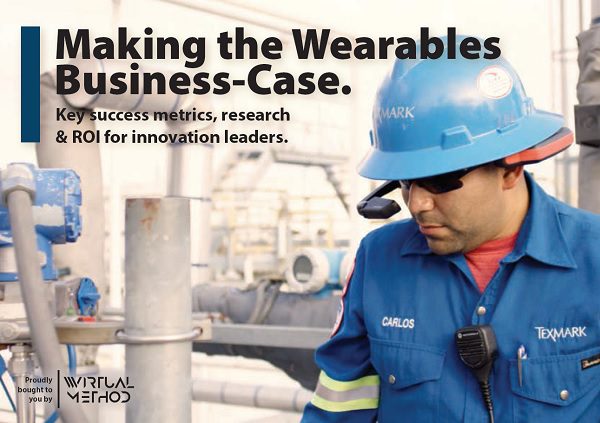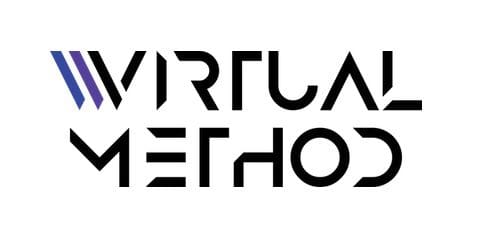Key success metrics, research & ROI for innovation leaders.
When you are innovating at the bleeding-edge of technology, one of the greatest challenges for an innovator in the enterprise is to effectively convey the value of wearable AR/VR to other stakeholders in the organisation, and bring them on the journey. The perceived challenges of User Adoption, software redundancy, back-end incompatibility, cybersecurity, scalability and general organisational friction that evolving to wearable, connected worker technology would need to overcome, can seem like insurmountable roadblocks.
‘… innovators like you who understand the value, foresee the evolutionary inevitability and have the ambition and bravery to make it happen.’
But in 2021, thankfully(!), the real data & research exists, as does the qualitative + quantitative evidence and field expertise, to support innovators like you who understand the value, foresee the evolutionary inevitability and have the ambition and bravery to make it happen. But someone will likely need to write a business case at some point. In this short document, we hope to provide you with the right questions and real metrics for that business case, to appease even the most conservative corporate-naysayer and change-blocker.
The first stop for innovators is ensuring you understand your baseline:
Un-connected workers intrinsically provide low-level date, so it is hard to know what your workers are dealing-with, at the coal-face, in the field and at the edge-of-the-edge. Here are some key points of discovery, and best-practice questions to ask initially:
- What is the cost of down-time, and what is the major cause of down-time in your operations?
- What is the standard response-time to a break-‑x incident?
- How are workers at the edge able to communicate with each other (if at all)?
- How standardised are your processes? Or would different workers do the same maintenance or inspection task different ways?
- How many workers are near retiring age, and how well are you acquiring and cataloguing their special-knowledge, and translating it into training?
- How do your workers feel about hand-held mobile devices (eg do they leave them in the ute and enter handwritten data when they return from the site)?
- What percentage of time do workers spend manually downloading images and formatting + designing reports?
- Is your company looking at Visual AI and addressing the need to train machine learning on visual imagery?


